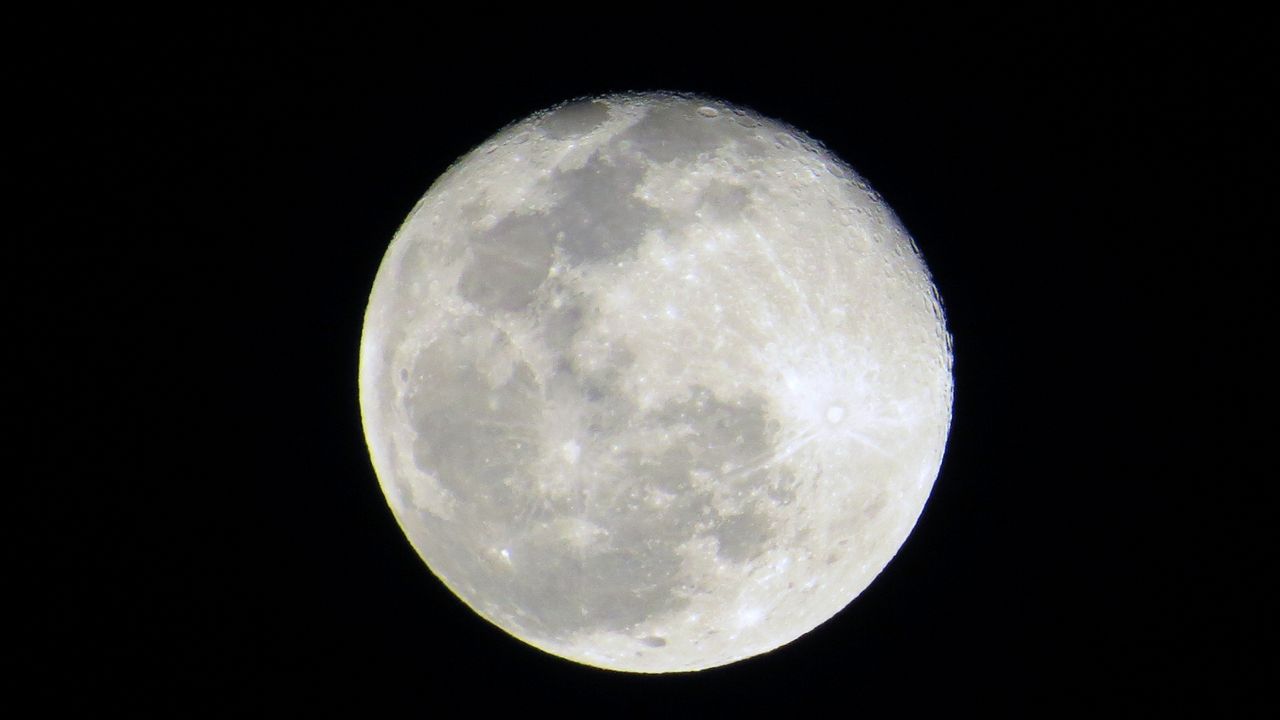During last week’s SpaceX launch of South Korea’s first lunar orbiter, among the experiments onboard is the only NASA-funded experiment and it will peer into the moon’s permanently shadowed regions in search for ice.
What You Need To Know
- Taking a look in the darkest parts of the moon
- Learn about why the Moon's permanently shadowed regions are important for future moon missions
- RELATED coverage: SpaceX launches South Korea’s lunar orbiter
Onboard the Korean Pathfinder Lunar Orbiter is the ShadowCam, an ultrasensitive camera that is designed to pierce into the moon’s permanently shadowed regions where the sun does not shine.
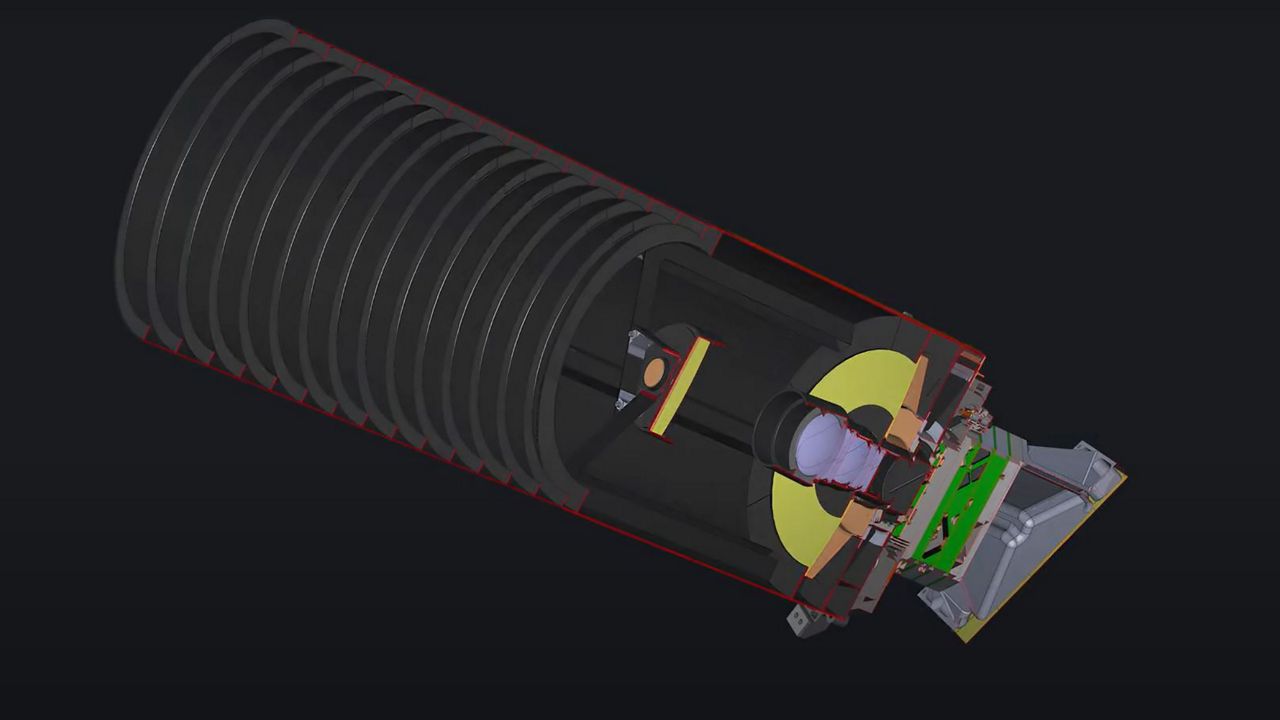
The Power of the ShadowCam
The ShadowCam is designed to be more than 200 times more sensitive than other imagers, such as the Lunar Reconnaissance Orbiter Camera Narrow Angle Camera that is on the Lunar Reconnaissance Orbit (LRO) that is currently circling the moon.
The ShadowCam’s sensitivity is needed to capture photos of the permanently shadowed regions. The only light source is secondary illumination such as light being reflected off nearby mountains, according to Dr. Mark Robinson, the principal investigator of the NASA-funded project.
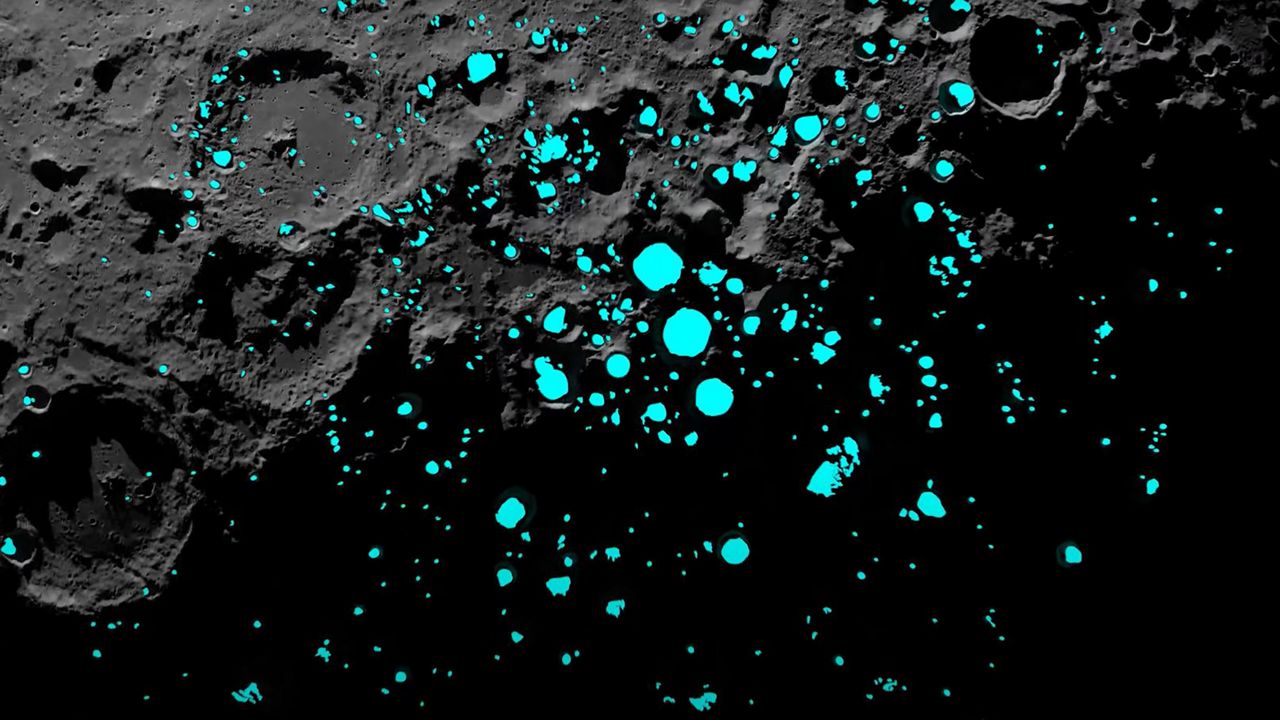
What Could be Hiding in the Moon's Permanently Shadowed Regions
But what could possibly be inside the dark areas that the ShadowCam is looking for? One of its missions is to look for ice and water deposits in the northern and southern poles of Earth’s lunar sister.
“Well, that would be an amazing discovery! Ice can serve as a valuable resource for future exploration endeavors and provide a record of inner Solar System volatile migration,” Robinson explained to Spectrum News.
Another mission objective for ShadowCam is to investigate the roots of strange radar signatures around the polar craters.
Robinson said that these anomalous radar returns from the LRO could be from subsurface water or extra rocky terrain.
Speaking of terrain, another mission for ShadowCam is to record any possible hazardous landscape and trafficability around the regions as this will help astronauts once they get to those areas to explore.
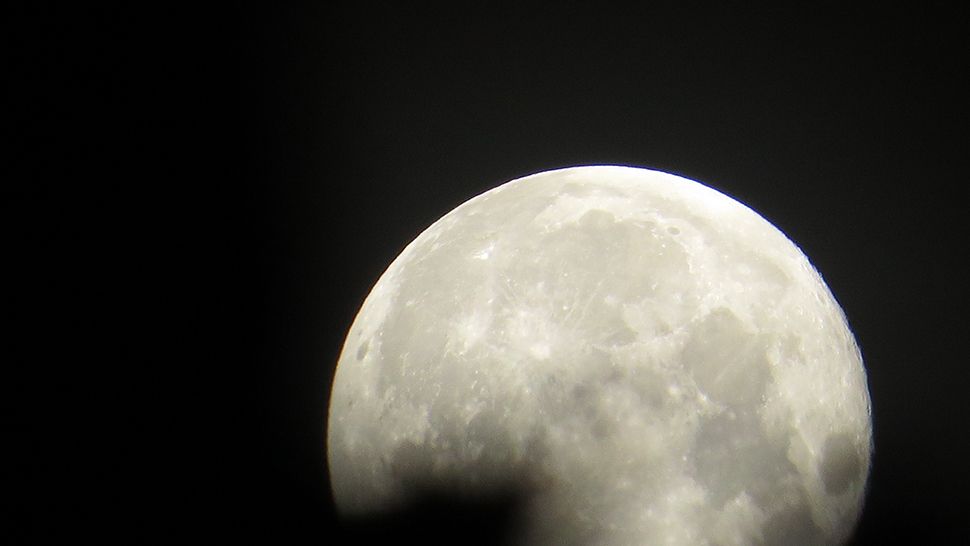
Capturing The Lunar Landmass
ShadowCam will also capture images of the terrain and landmass of the polar regions, which will be compared to the other terrain on the moon where researchers can determine the evolution of rocks and the geography of the moon.
Another objective of the mission is for the ShadowCam to document and interpret the moon’s permanently shadowed region’s albedo for any possible changes. The albedo is the light that is reflected from an object.
So in other words, the Sun shines on the moon and the reflection the moon gives back — 12% overall — is called the albedo. The rest of the light the moon absorbs.
This is also how the ShadowCap will determine if there is any frost and ice in the moon’s polar regions by mapping albedo patterns, where researchers will determine their nature.
All the information collected by both ShadowCam and South Korea’s lunar orbiter will support future Moon explorations, which includes the Artemis mission, NASA stated.
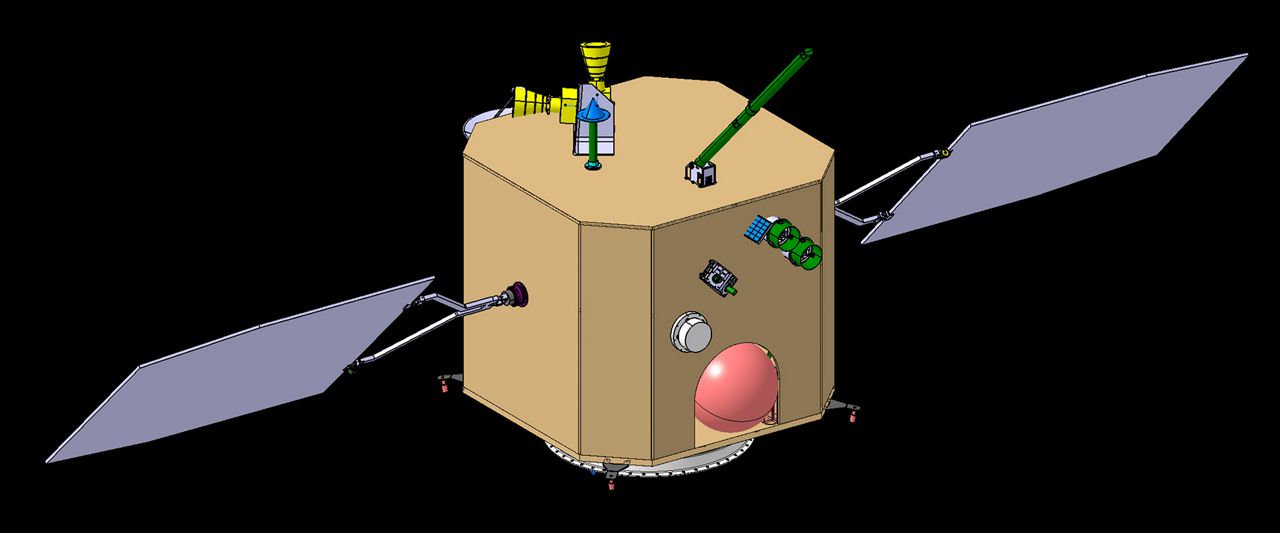
History of ShadowCam and its launch
The nearly 20-pound camera that is attached to the Korean Pathfinder Lunar Orbiter began as a brainstorming idea around December of 2015, explained Robinson, who continued that once NASA granted funding for the ShadowCam in the Spring of 2017, both Arizona State University and Malin Space Science Systems got started in designing and building the instrument.
But after years of hard work, the day finally arrived when SpaceX’s Falcon 9 rocket lifted off from Cape Canaveral and sent the orbiter and the ShadowCam, among other experiments, to the moon.
For Robinson, he said it was a mixture of emotions.
“Launches are always exciting and stressful! The real test will be when we get the first images of the moon,” he said.



